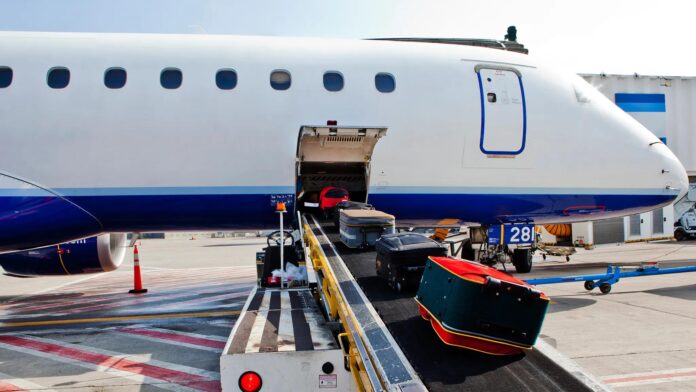Behind the seamless travel experience lies a complex web of logistics dedicated to managing the flow of luggage in civil aviation. Baggage handling, a critical aspect of air travel, involves a myriad of processes and challenges that ensure passengers’ belongings arrive safely and timely at their destinations. Let’s delve into the intricate world of luggage logistics, exploring the challenges, systems, and innovations in navigating the skies with passenger baggage.
The journey of a checked bag begins the moment it’s handed over at the airport check-in counter. Baggage handling systems orchestrate the movement of luggage through a series of conveyor belts, sorting machines, and scanning devices. Each bag is tagged with a unique barcode or RFID (Radio Frequency Identification) tag, enabling tracking throughout its journey.
Efficient baggage handling relies on sophisticated technology integrated into airports. Automated conveyor belts, sorting stations equipped with scanners, and baggage reconciliation systems streamline the process, ensuring bags are correctly routed to their respective flights and ultimately to the correct destination.
One of the significant challenges in baggage handling is baggage mishandling, which includes instances of lost, delayed, or damaged luggage. Despite stringent procedures, mishandling can occur due to various reasons, including human error, technical glitches, tight transfer times, or discrepancies in bag routing.
To mitigate the risks of baggage mishandling, airlines and airports employ advanced tracking technologies and data analytics. Real-time tracking systems allow airlines and passengers to monitor the status and location of their luggage, enhancing transparency and enabling quick intervention in case of any discrepancies.
The transfer process between connecting flights poses a significant challenge in baggage handling. Tight connection times, different airline systems, and varied handling protocols across airports increase the likelihood of baggage delays or misconnections. Efforts are underway to streamline transfer processes and enhance collaboration among airlines and airports to minimize such issues.
Baggage handling also faces seasonal challenges, particularly during peak travel periods. High passenger volumes, increased baggage flow, and adverse weather conditions can strain baggage handling systems, leading to delays and potential mishandling. Airlines often bolster their staffing and resources during peak seasons to manage the surge in luggage flow.
Irregular operations, such as flight cancellations or diversions, further complicate baggage handling. Re-routing baggage to alternate flights or retrieving bags from flights that are no longer operational requires swift coordination between airlines, ground handlers, and baggage services to ensure timely delivery to passengers.
In recent years, advancements in technology have introduced innovative solutions to enhance baggage handling efficiency. Baggage robots, equipped with artificial intelligence and computer vision, assist in sorting and transporting luggage within airports, optimizing the flow and reducing manual handling.
Another emerging technology in baggage handling is the use of robotics and automation in baggage loading and unloading processes. Automated baggage loaders equipped with robotic arms can efficiently load and unload luggage onto aircraft, reducing turnaround times and minimizing manual labor.
The implementation of self-service bag drop facilities at airports is revolutionizing the check-in process. Passengers can independently tag and deposit their luggage, reducing waiting times and enhancing the overall efficiency of baggage handling.
Baggage handling systems are evolving to accommodate the increasing demand for contactless and digital solutions. Mobile apps and self-scanning kiosks empower passengers to track their luggage, receive notifications, and report any issues, providing a more seamless and interactive travel experience.
Sustainability and environmental considerations have also influenced baggage handling practices. Airlines and airports are exploring eco-friendly materials for baggage tags and containers, adopting energy-efficient baggage handling systems, and implementing recycling initiatives to minimize the ecological footprint of baggage operations.
Collaboration among airlines, airports, and industry stakeholders is crucial in addressing baggage handling challenges. Initiatives such as IATA’s Resolution 753, which mandates airlines to maintain accurate baggage tracking information, drive collaboration and standardization to enhance baggage handling reliability.
In conclusion, the intricate world of baggage handling in civil aviation involves a symphony of technology, processes, and challenges. While advancements in technology continue to revolutionize baggage logistics, the industry grapples with persistent challenges such as mishandling, transfer complexities, and peak season surges. Efforts towards innovation, collaboration, and enhanced tracking systems are pivotal in ensuring a smoother journey for passengers and their luggage in the dynamic realm of air travel.
























